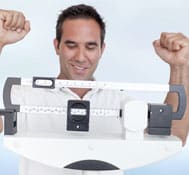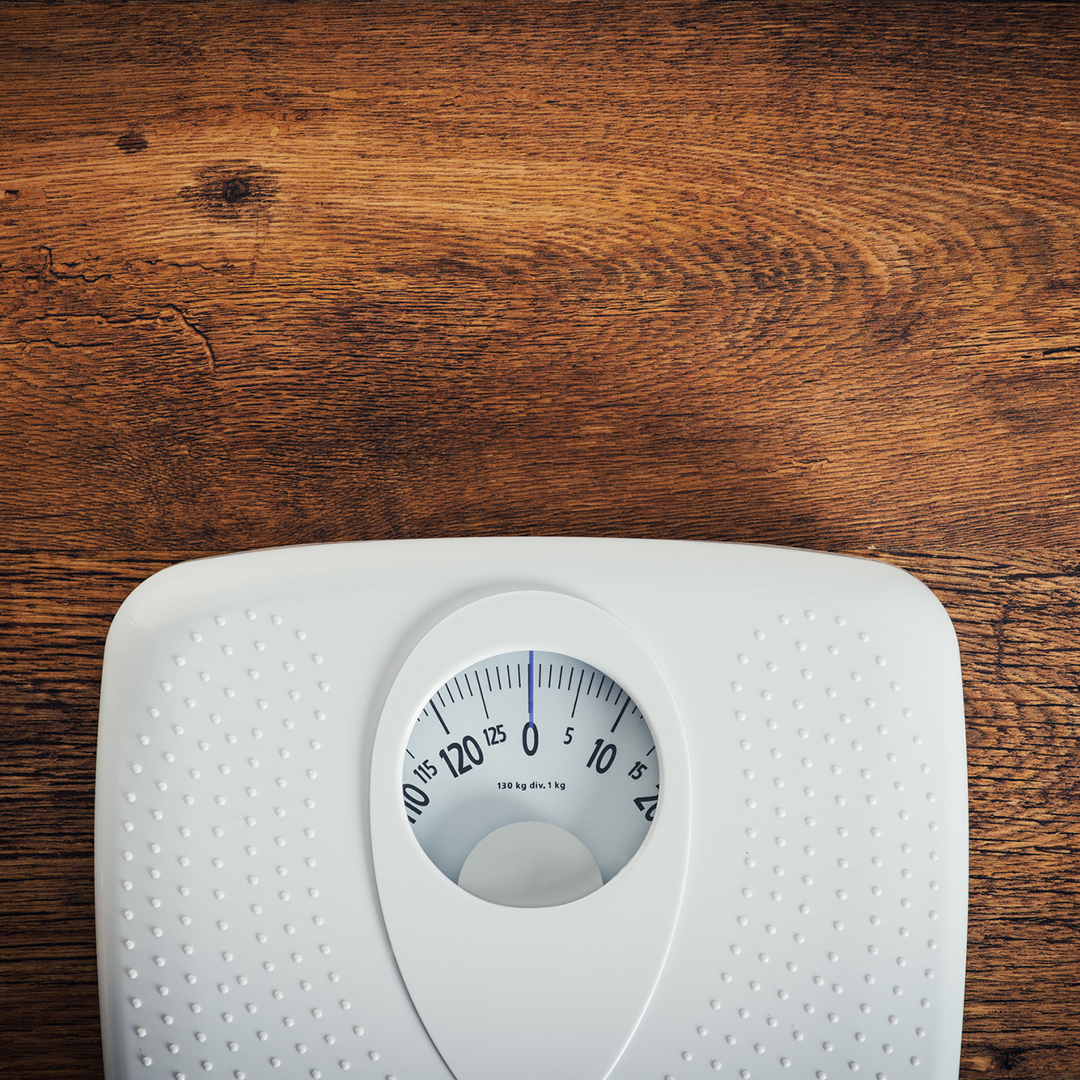When we think about losing weight, we often think it is all about what the scales say. How much weight we have physically lost is the goal most of us track closest, but there’s a whole host of other numbers that are important to keep watch of during your weight loss journey. Numbers that may show progress in your journey even if the scales aren’t moving!
Weight
So, there’s no denying that your physical weight is important. This is the figure most people become a little obsessed with on their journey to becoming a healthier and thinner version of themselves but do you know what you’re actually looking to weigh?
The NHS has produced a height/weight chart which shows what is considered underweight, healthy weight, overweight and obese when you take both your height and weight into consideration.
The healthy range starts at a 4ft 10” person weighing 6.5 stone and goes up to a 6ft 7” individual weighing 15.7 stone. You can use your height to find out what your healthy weight range is and that is where you should be aiming when setting your weight loss goals.
Waist Measurement
As well as how much you actually weigh, your waist measurement is another really important statistic to keep track of when losing weight.
It is a well-known fact that your waist is the most dangerous place to carry weight, so taking a starting measurement of your waist will allow you to track if your weight is being lost from your stomach. As your waist measurement drops, you can have peace in the knowledge that your insides are getting healthier too as the fat is being lost from around your vital organs.
The NHS considers a waist size of 31.5 inches or more in a woman to be unhealthy and for men, it is 37 inches plus. If yours is larger than these measurements, the NHS recommends you look to lose weight regardless of height or BMI.
You can also take measurements of your legs and arms too if you consider these to be ‘problem areas’ but carrying weight in these places is not as dangerous as around your waist.
BMI
Your BMI is a really important figure in your weight loss journey and is actually the starting point of any Bodyline journey. Our medical weight loss products can only be prescribed to individuals considered overweight or obese on the NHS BMI calculator, so this figure is a real representative of whether you need to consider weight loss.
BMI doesn’t take into consideration your body’s fat to muscle ratio, so some people’s BMI readings can prove inaccurate, as we explained in our Guide to Understanding Your BMI blog post, however, it is an important number if you know you’re carrying excess fat as it is a perfect guide to show when you’ve reached a healthy weight.
Clothes Size
Although many of us choose to lose weight for our health, there’s nothing wrong with wanting to look good too, so your dress size can be an important figure to track.
Although the average dress size for women in the UK is a 16, the waist size of a size 16 is typically 34 inches which is considered overweight according to the NHS, so it is advised that if you take a size 16, particularly in bottoms, that you look to slim down for health reasons.
A size 12 waist, which is 30 inches would be considered a healthy size by the NHS, so this may be the goal for you on your journey.
As for men’s clothing sizes, the NHS advises that 37inches is a healthy waist size for men which equals around a size medium in most clothing brands.
Setting achievable targets is the best way to succeed on a diet, yet it is important to be mindful of your mental health during a weight loss journey and be careful not to become obsessed with these numbers.
It isn’t all about what the scales say so make your physical and mental health a priority and strive for complete wellbeing.















